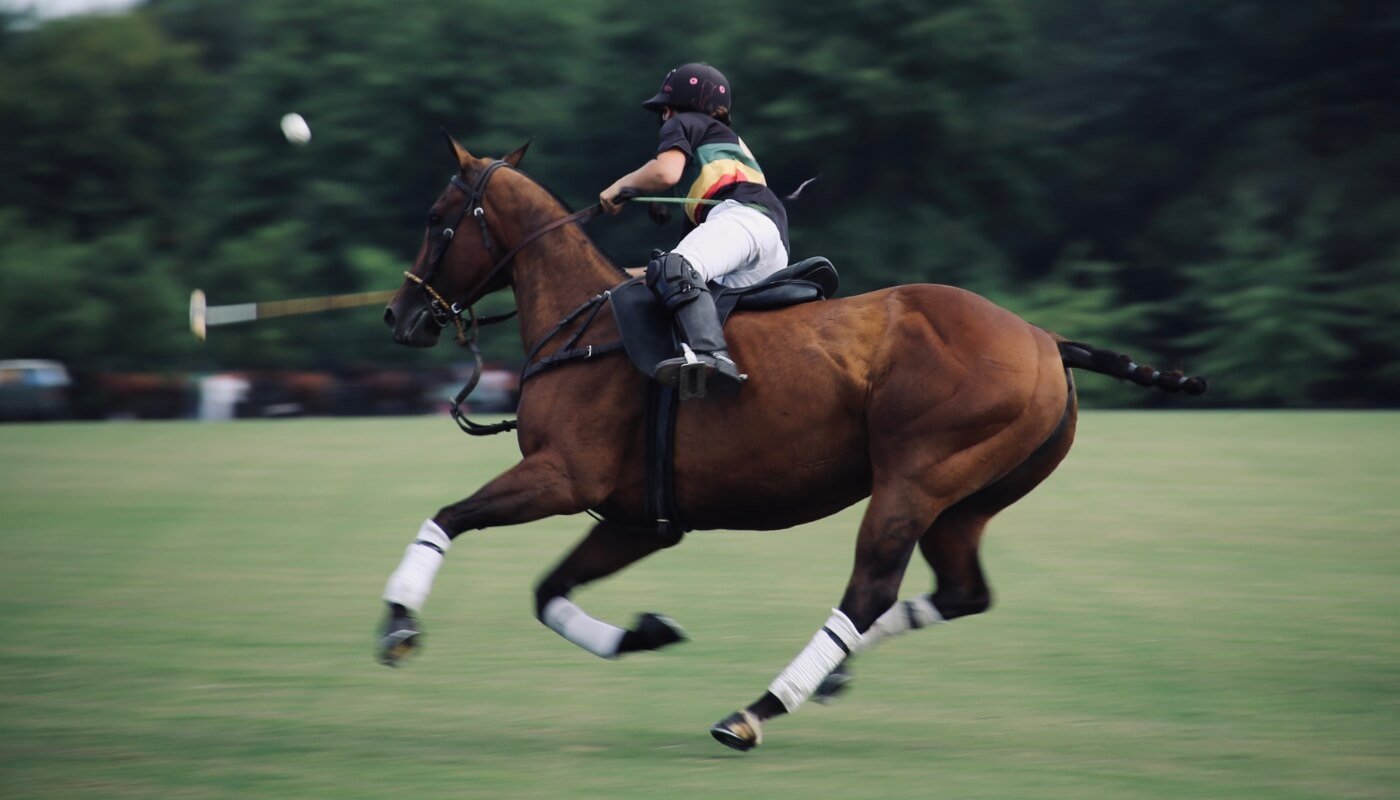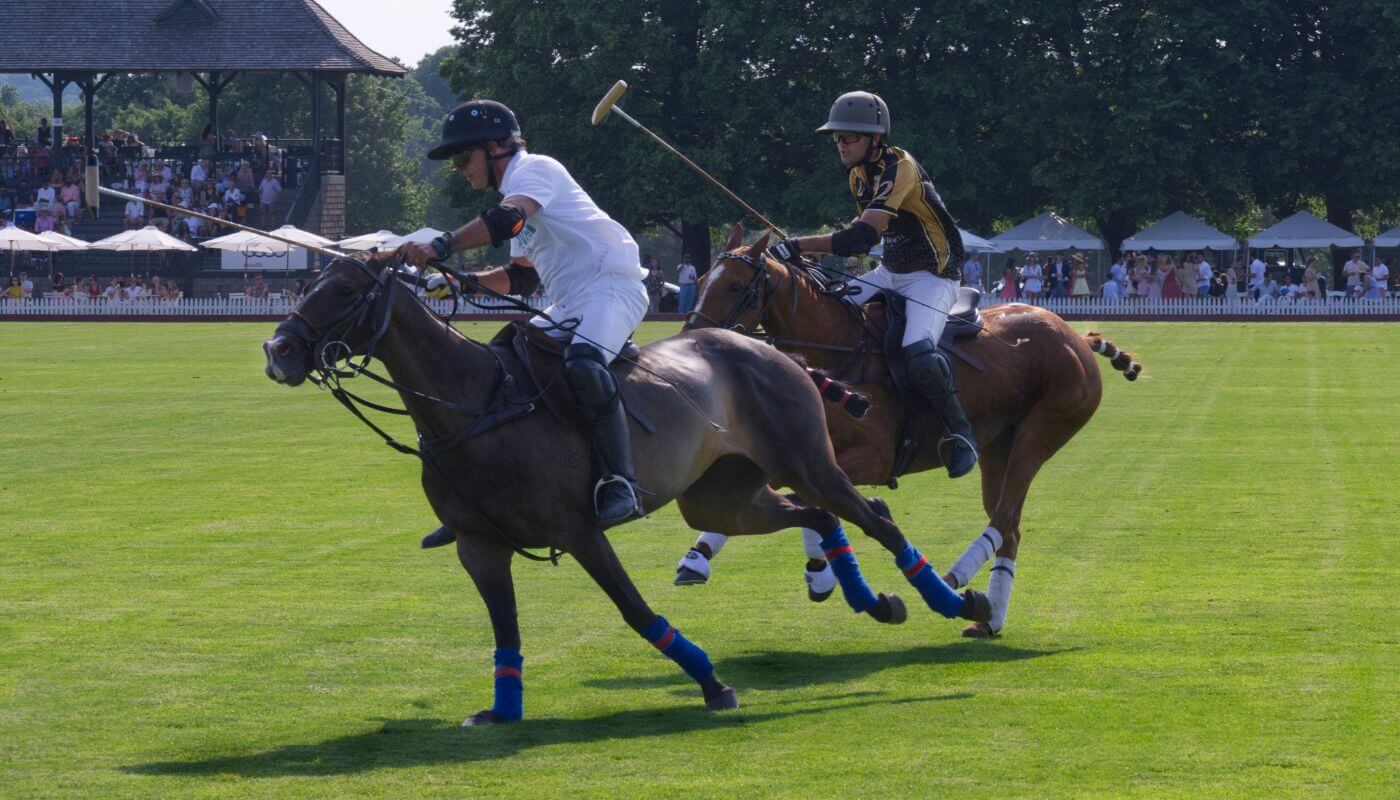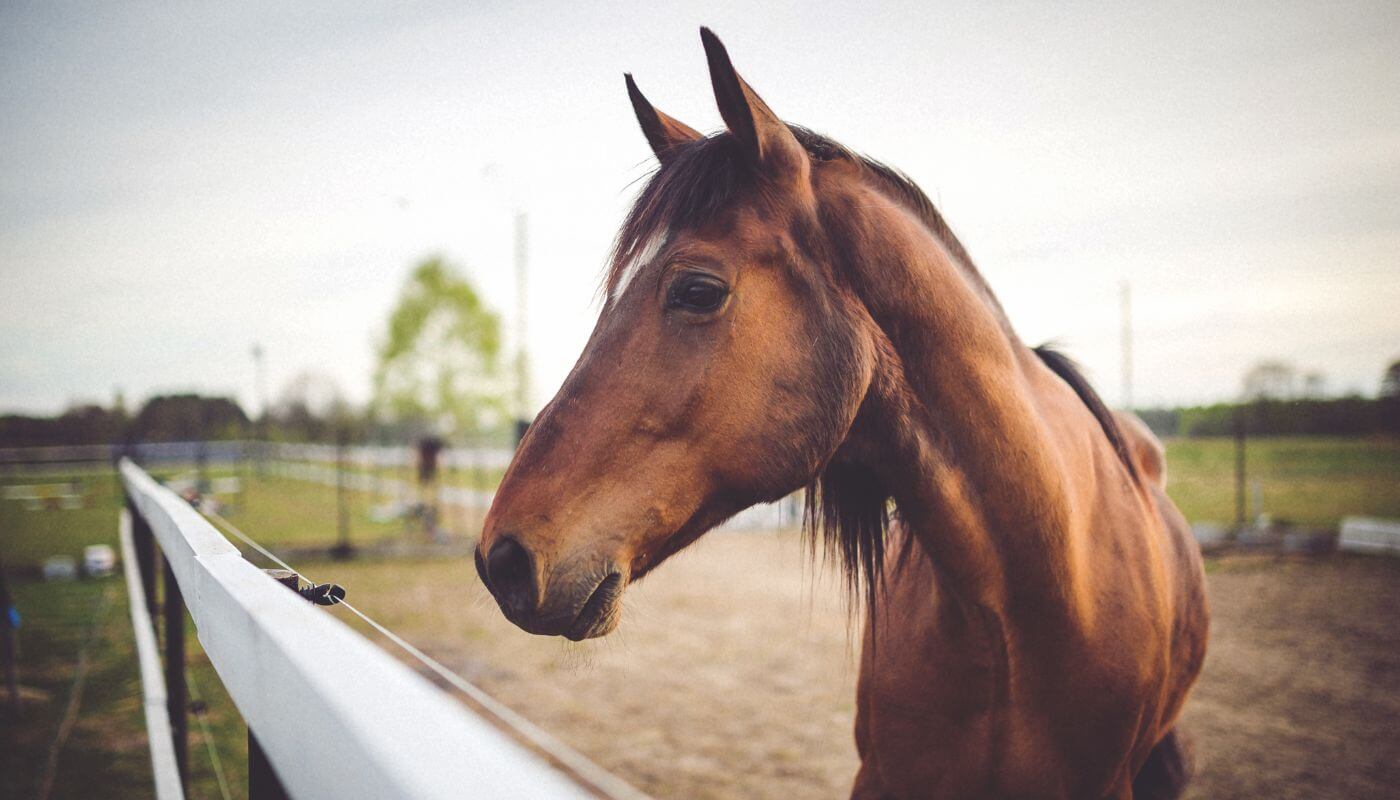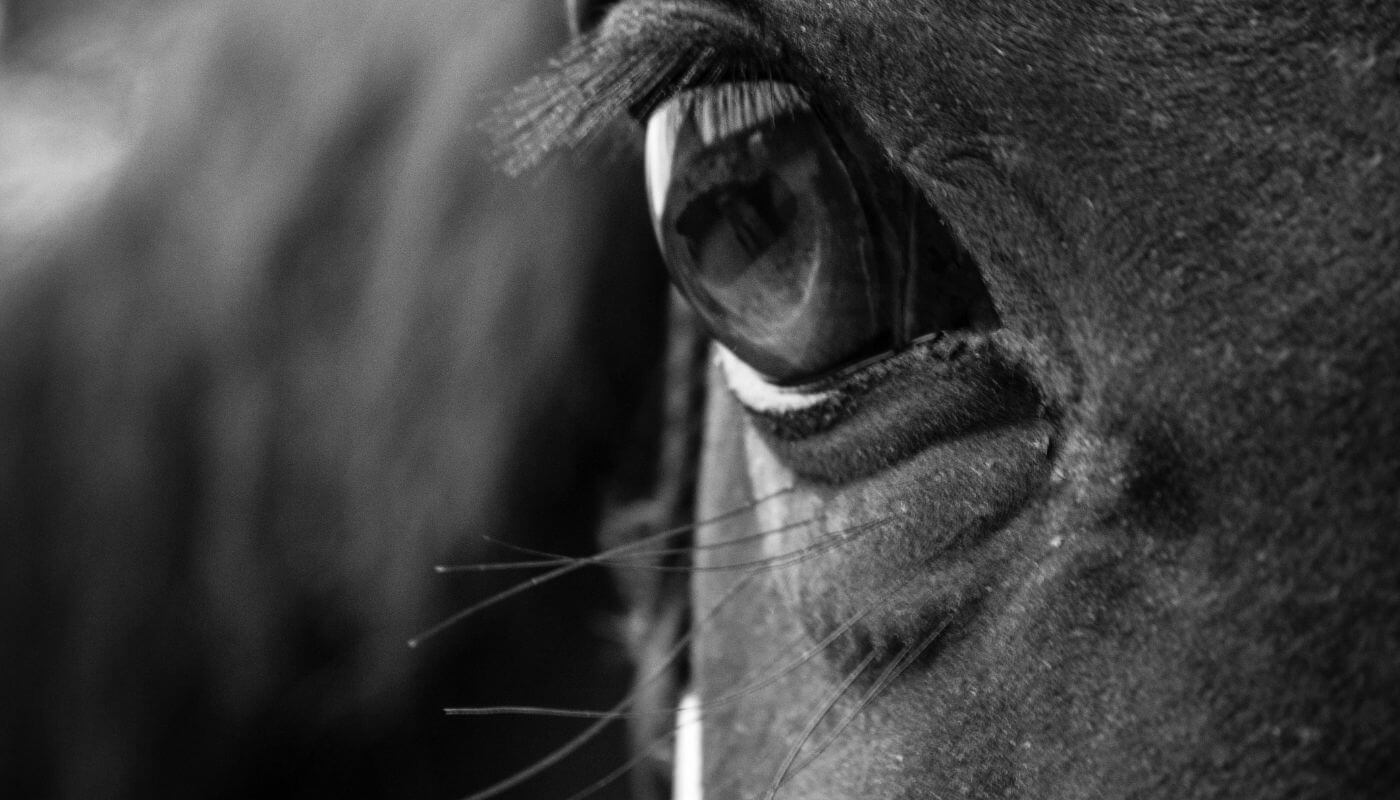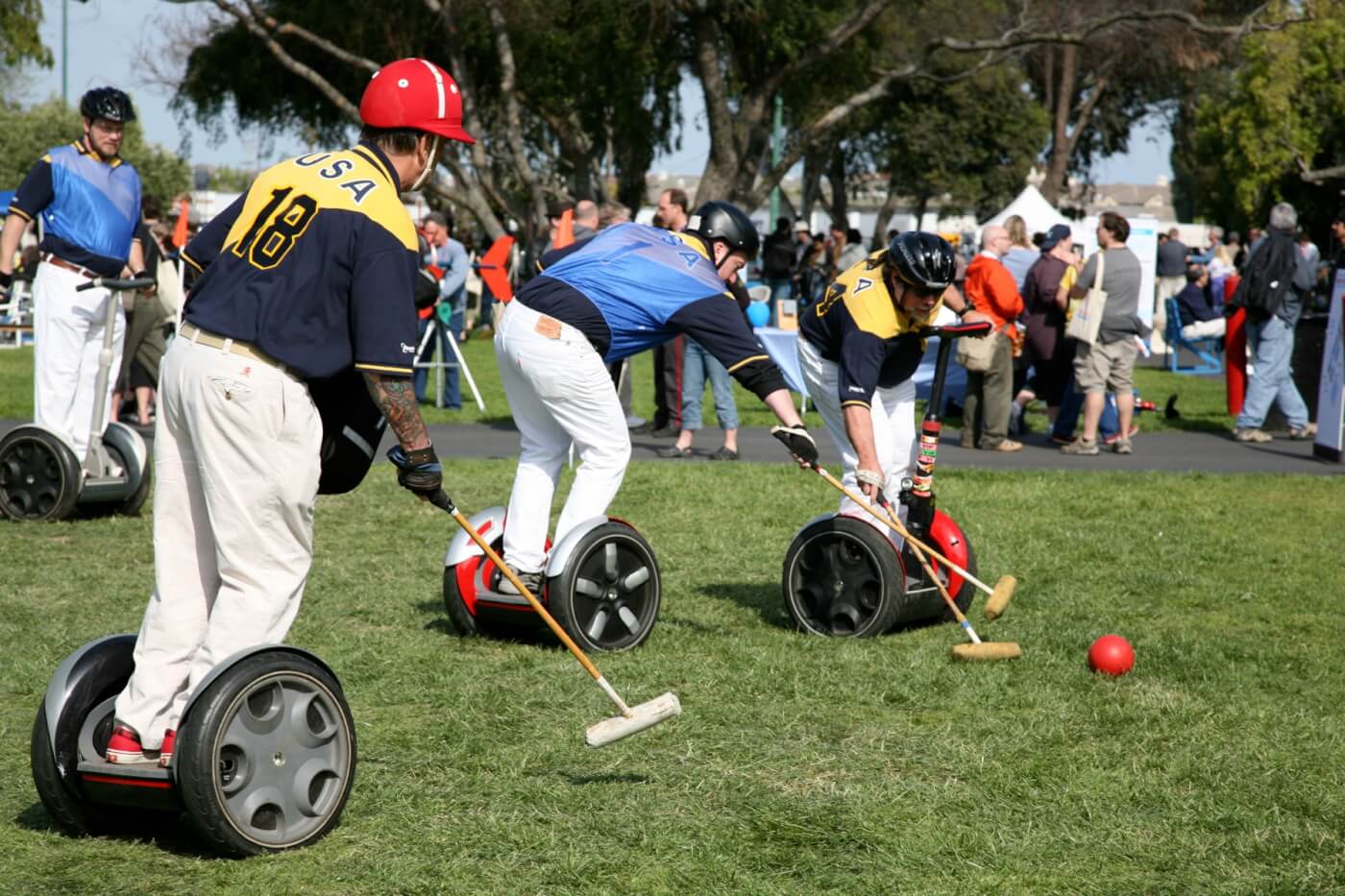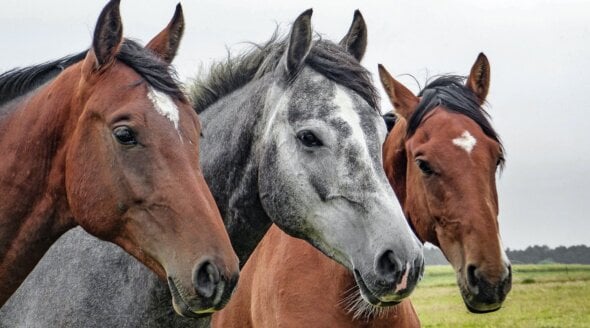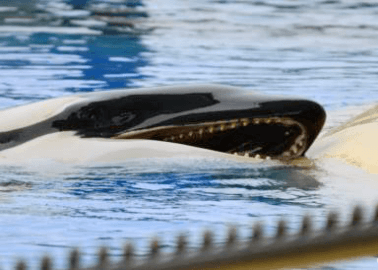Injuries, Illnesses, Deaths: Why Polo Is Hard on Horses
With the upcoming release of Netflix’s new docuseries POLO by the production company of Prince Harry, many are curious about the horses used in the game. While it’s easy to be wooed by the glitz on display at the matches, there is no doubt that polo is more grim than glamourous for the horses, who are forced to run at breakneck speeds before making sudden stops and sharp turns. Injuries, illness, joint disease, and pulmonary haemorrhages are just some of the problems faced by “polo ponies” (most of whom are actually full-size horses). At the end of their profitable lives, some are discarded or sent to slaughter, just like horses used in racing.
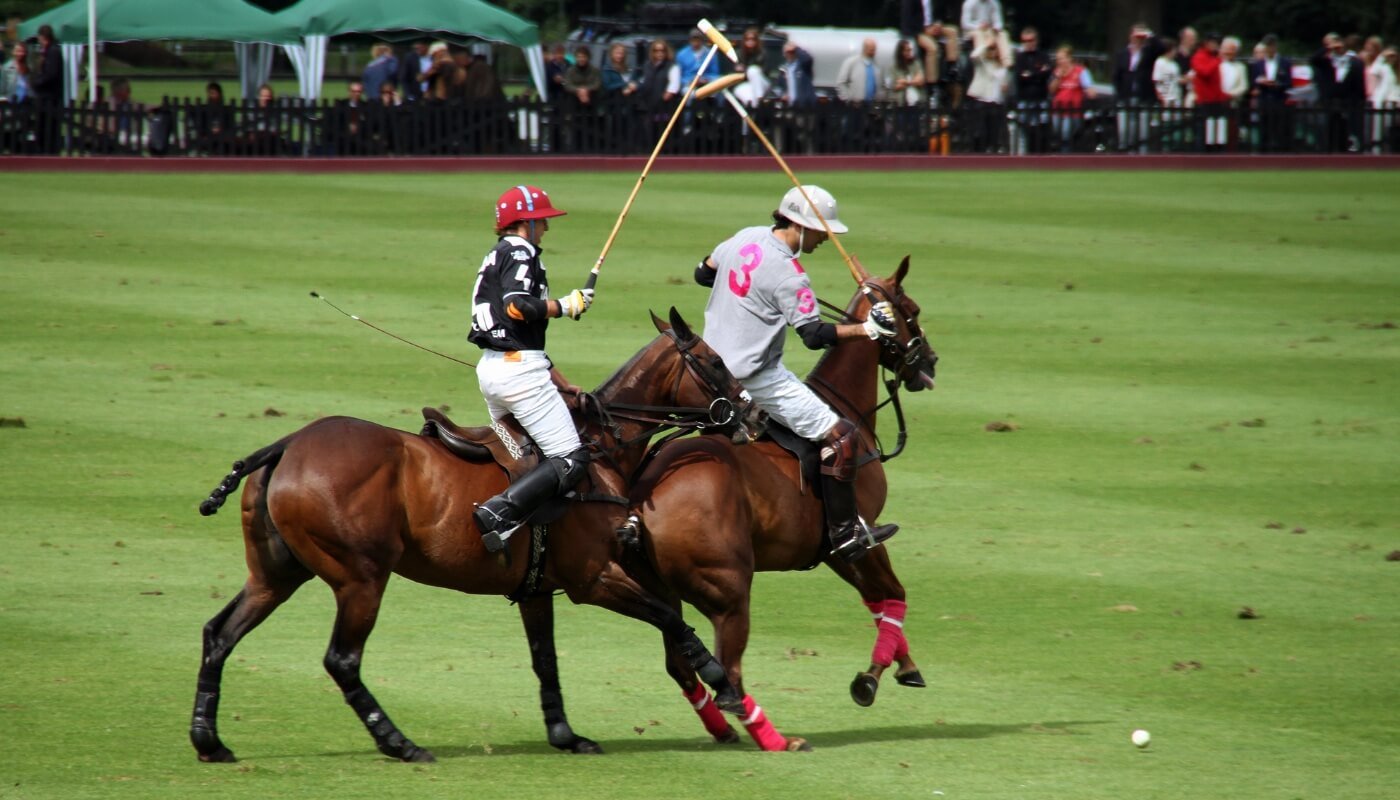
Polo Is Hard on Horses
Polo originated in 600 BC Tibet and was brought to the UK by British soldiers. Like most ballgames, the aim is to get the ball into a goal. This is done by smacking it with a long mallet.
Unlike sports in which only willing individuals participate, polo matches exploit a shocking 50 horses per match. The astonishing toll this high-speed, full-contact game takes on the animals’ bodies means they have to be subbed out every few minutes.
While some wealthy teams and riders may have enough horses to rotate the animals frequently to allow for adequate rest and recovery, many do not, meaning horses are easily overworked. Polo is also often played in extremely hot climates, like Argentina, India, the United Arab Emirates, and the southern United States, exacerbating the animals’ fatigue and making horses susceptible to heat exhaustion or even heat stroke.
Injuries Are Common
Often referred to as “fast and furious”, polo requires unnaturally speedy pivots on a hard playing surface, with the average horse running a combined distance of 1 mile during a single seven-minute round (called a chukka).
One study found that horses trotting on the hard surface experienced movement asymmetry and more than half the horses could be considered clinically lame.
It’s not unheard of for horses to be hit in the head by a mallet during a match. And cuts, wounds, tendon injuries, and splints are common in “polo ponies”, as are oral injuries like tongue trauma caused by the improper fit of bit and bridle accessories. Almost 50% of horses examined in one study were also found to be experiencing exercise-induced pulmonary haemorrhage (blood in the airways).
Polo players use whips and spurs to steer horses and encourage them to run faster, both of which can hurt these animals, whose nerve ending–rich skin is delicate enough to sense the touch of a fly.
Horses Are Hauled Around
“Polo ponies” are often carted around from competition to competition – which is extremely tiring for equines, as they must continually keep their balance in the moving vehicle. Sometimes, horses are transported in cramped or poorly ventilated conditions, which can lead to further stress and dehydration. In an infamous case, a former captain of the Australian polo team was charged with cruelty after 16 of his horses died during transport when they couldn’t get enough air in the vehicle. Reportedly, they were loudly whinnying in distress and no one did anything to help. This incident highlights that some people in the industry see horses as mere pieces of sporting equipment and not as the magnificent individuals that they are.
Overbred and Old Horses Considered ‘Wastage’
Just as not all greyhounds or racehorses are considered “fast enough” to make money, not all “polo ponies” are perceived to be pros, and those who become too old or lame to make money may be sent to slaughter or given to already overburdened rescue groups.
In their quest for more champions, some industry insiders have even started cloning former winning horses, which creates a whole slew of issues for animals and can shrink the gene pool.
Polo Is More Fun Without Horses
Polo can be played on bicycles and Segways and even “piggyback”, sparing horses the risks of the game and ensuring that only humans who can consent find themselves on the field. Not only are these variations a lot more fun, they’re also a fairer challenge of human ability, relying on our own skill and speed instead of that of a defenceless animal.
You Can Help Horses
Horses are gentle, intelligent prey animals who never lose their “flight” response, no matter how well-trained they are. This means that they find unpredictable situations, sudden movements, and loud crowds stressful.
Helping horses is as simple as refusing to take part in, attend, or place a bet at any event that uses horses, including polo matches and horse races.
You can also send a message to the International Olympic Committee telling it that horses are not props for human entertainment and urging it to remove all equestrian events immediately:

